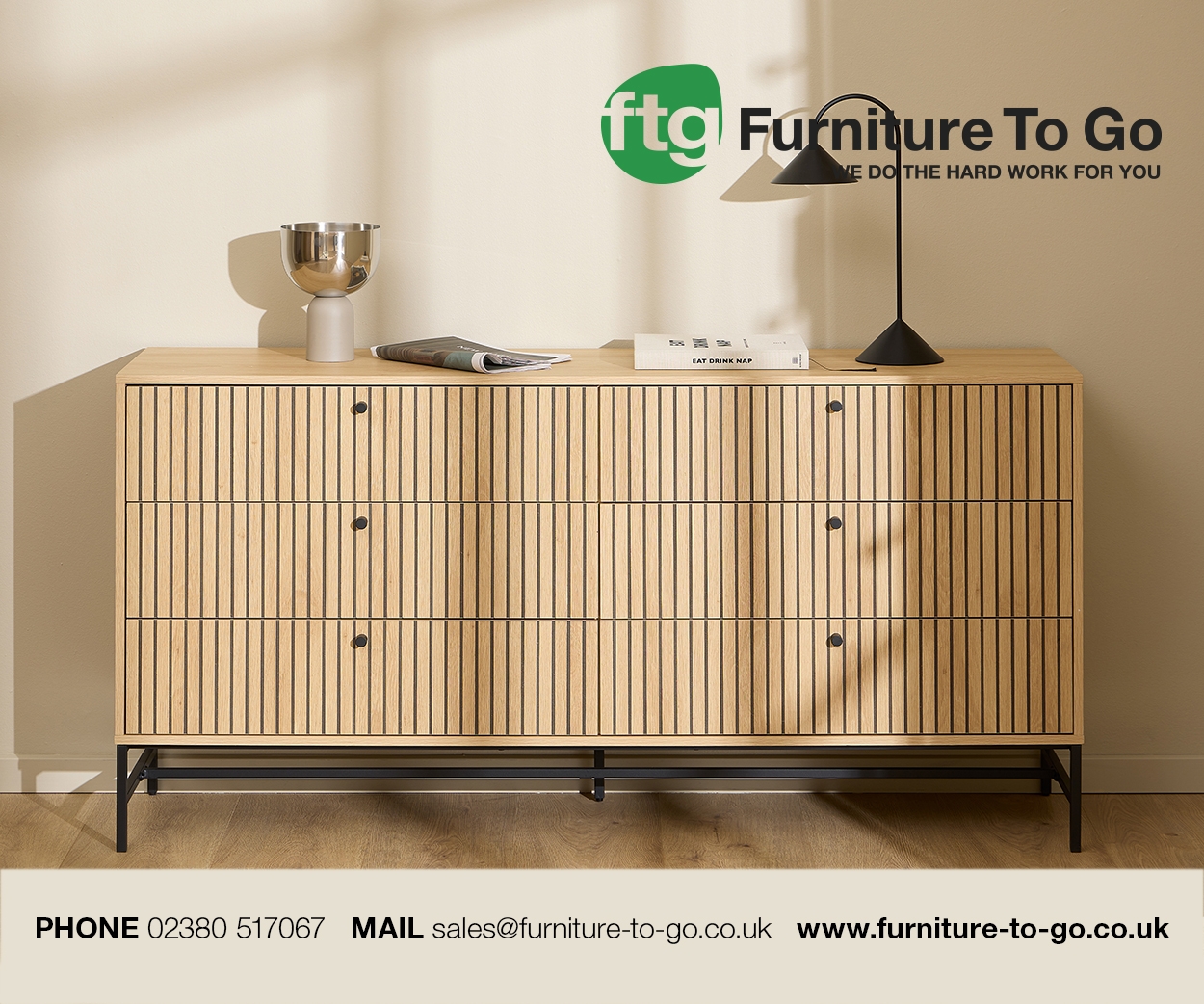Ensuring goods reach the end-user in the same pristine condition that they left the factory is vitally important for any manufacturer’s reputation – says Derek Richardson, an environmental manager specialising in temperature and impact monitoring for UK manufacturer Ellab Monitoring Solutions. So, how best to avoid the hassle of returns and refunds?
Countless thousands of us have encountered flatpacked furniture items. But before these self-assembly goods are unwrapped, how do you know if they have been mishandled, damaged or tampered with in the warehouse or in transit?
Delays in deliveries is a current hot topic, with the ongoing challenges facing supply chains. This begs the question – how best to protect shipments during lengthy logjams, when they finally hit store shelves and online orders are destined for households? The answer is impact technology that acts as a visual deterrent to improper handling.
Returns and recalls can cost the UK furniture market hundreds of thousands of pounds a year, not to mention the anguish and frustration for customers when the structural integrity of a coveted wardrobe, dining table or cabinet is found to be compromised when removed from its packaging.
For furniture brands, extra costs are incurred by getting goods back from the disgruntled customer, sourcing and packaging the replacement and shipping the items back to the purchaser – if they still want them! There are many reasons for the costly product returns journey, and the condition of goods can be a key issue.
It’s far from just flatpack. How best to protect a reclining armchair and other items like lamps and bed frames on their way to customers, especially in peak periods?
Product packaging designed to cushion fragile goods during shipping against shocks and bumps in the road is an obvious must. But having early-warning systems in place to keep track of the condition of your goods at every point in the supply chain could also save the day.
Damage prevention while on the journey to the customer is vital. Impact tools can make handlers think again about roughly loading furniture items into the back of a van or dropping it on the doorstep – take, for example, Shockwatch, a label attached to the item or packaging that turns red if goods have not been handled with care.
In addition to accurately recording shock and vibration, these devices act as a strong visual deterrent to unacceptable handling, no matter what you’re shipping – providing accountability from the first mile to the last. The shock sensors detect and record impact and mishandling of fragile, sensitive or calibrated products during transportation.
Monitoring systems and associated devices mean that you’re buying into a distribution process that involves the shipper and the warehouse. You’re making a commitment to the end-customer that you care whether a product arrives in the same perfect condition as it left the factory. Ultimately, this could save companies the cost and reputational harm incurred if furniture is damaged on route.
Problems could also start in the storage environment. For example, water ingress can affect the humidity level in warehouses, which is difficult to detect without accurate monitoring systems. Leaking water can be absorbed into packaging, spoiling the product, whilst a rise in humidity levels can occur, causing problems that are not so visible to the eye. RH (relative humidity) and flood detection solutions can help prevent this kind of damage.
There is a choice of accurate and flexible environmental management solutions that can protect companies and millions of pounds’ worth of goods – such as bedroom furniture, mattresses, sofas and chairs, as well as soft furnishings – not just from monetary loss, but also a tarnished reputation.
It’s not hard to envisage how sub-standard monitoring procedures could potentially lead to a crisis and customer anger, especially if high-value items are mishandled or stored incorrectly. In such a competitive market, there is absolutely no doubt that a failing could be extremely costly for furnituremakers, and that preventative measures make financial and moral sense.











